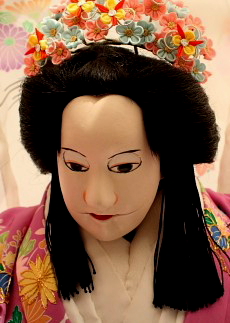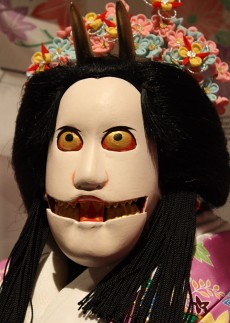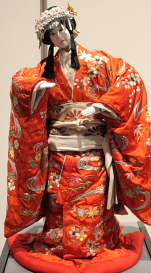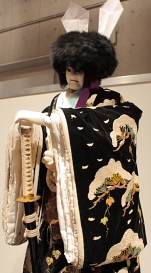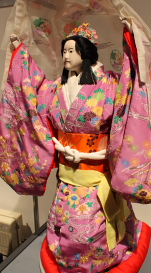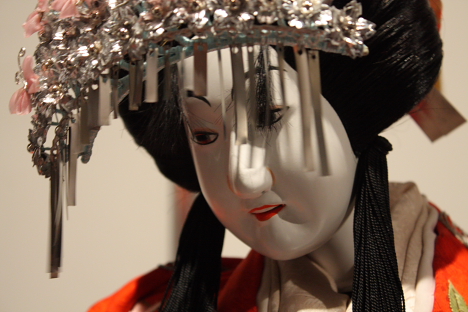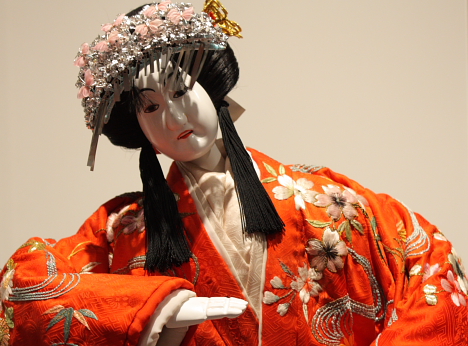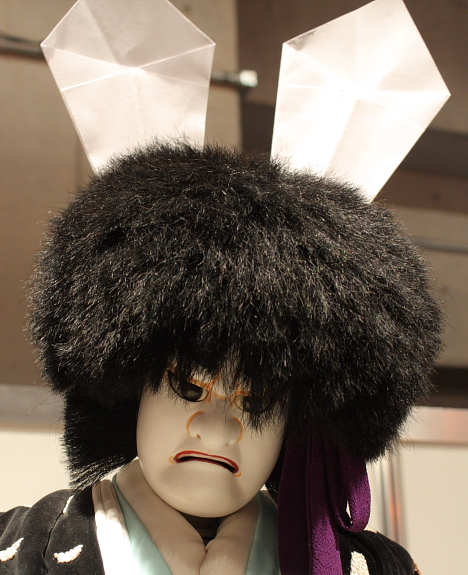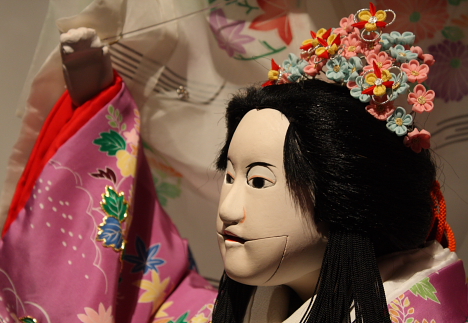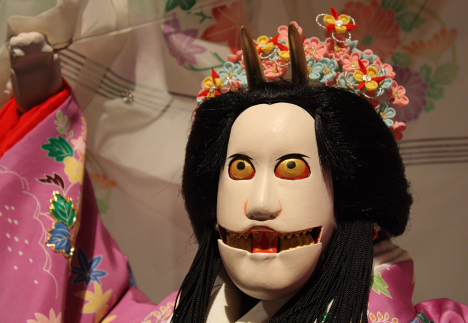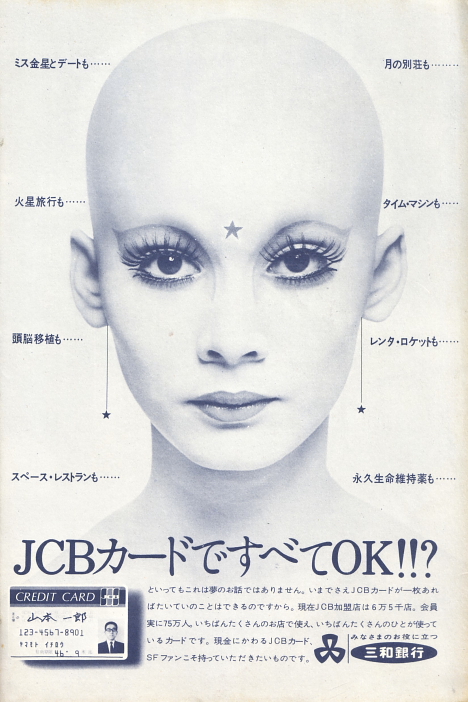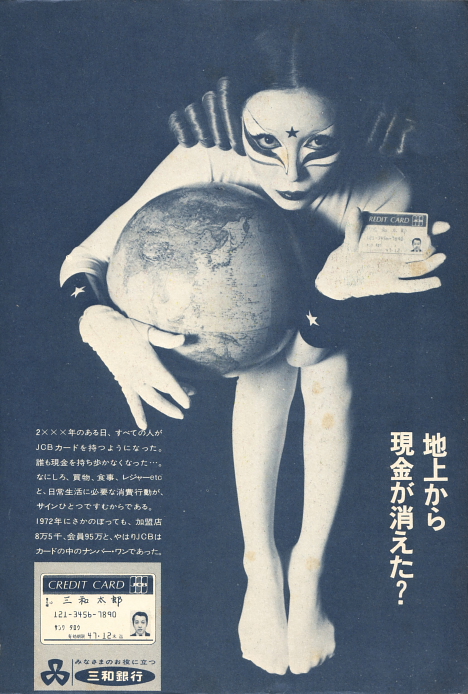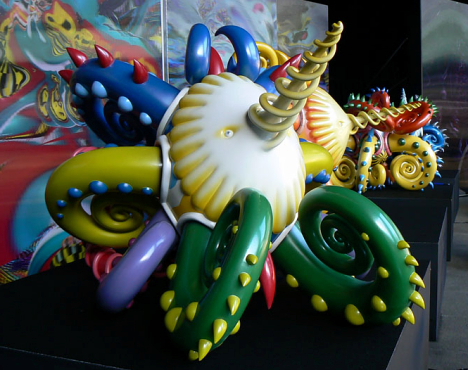
A University of Tokyo research team led by professor/computer graphic artist Yoichiro Kawaguchi is developing robots designed to imitate primitive life forms. Mockups have been put on display at a Confucian temple in Tokyo, and working versions of the robots are scheduled for completion in two years.
According to the researchers, these robots are being developed as a way to explore artificial life and gain insights into how living things survive in a world governed by the law of the jungle.
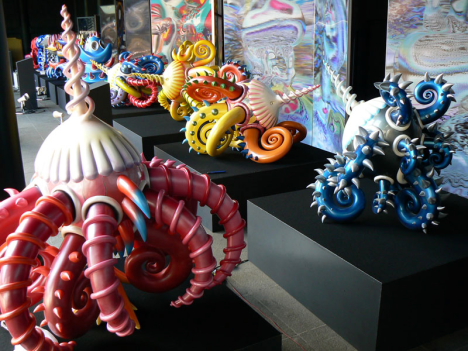
Kawaguchi and his team are developing a basic reflex system for the primitive artificial life forms, as well as a visual processing system equipped with eyes that recognize and instinctively track certain objects.
In addition, the researchers are working to create powerful biomimetic actuators for locomotion. As part of their research, Kawaguchi and his team have conducted computer simulations to investigate the use of neural oscillators in a locomotion system that imitates the way centipedes crawl. They are also working on simple, mechanical tentacles that extend and contract to move the robot in a specified direction. If all goes according to schedule, they will have a fully functional robot in two years.
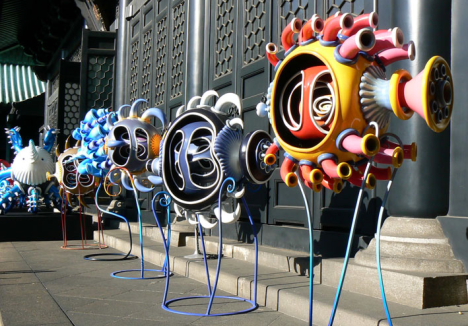
With a more thorough understanding of how primitive life forms survive, the researchers believe they can provide robots with a better ability to move, hunt, sense danger, and escape. They suggest that strong survival and hunting skills can be put to use in applications ranging from security guard dog robots to swarm robots tasked with exploring the surface of an alien planet.
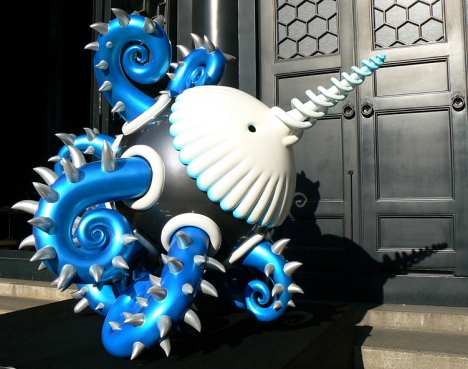
Kawaguchi, a professor at the University of Tokyo Graduate School of Interdisciplinary Information Studies, has become known for creating artistic computer graphics programs that exhibit "lifelike" behavior such as self-organization and self-propagation. The robot mockups, which are three-dimensional models of his previous computer graphics work, will remain on display at Yushima Seid? temple until February 8.
[Source: Robot Watch]
UPDATE: More photos HERE.

